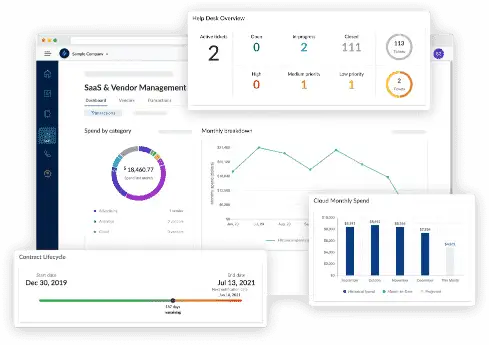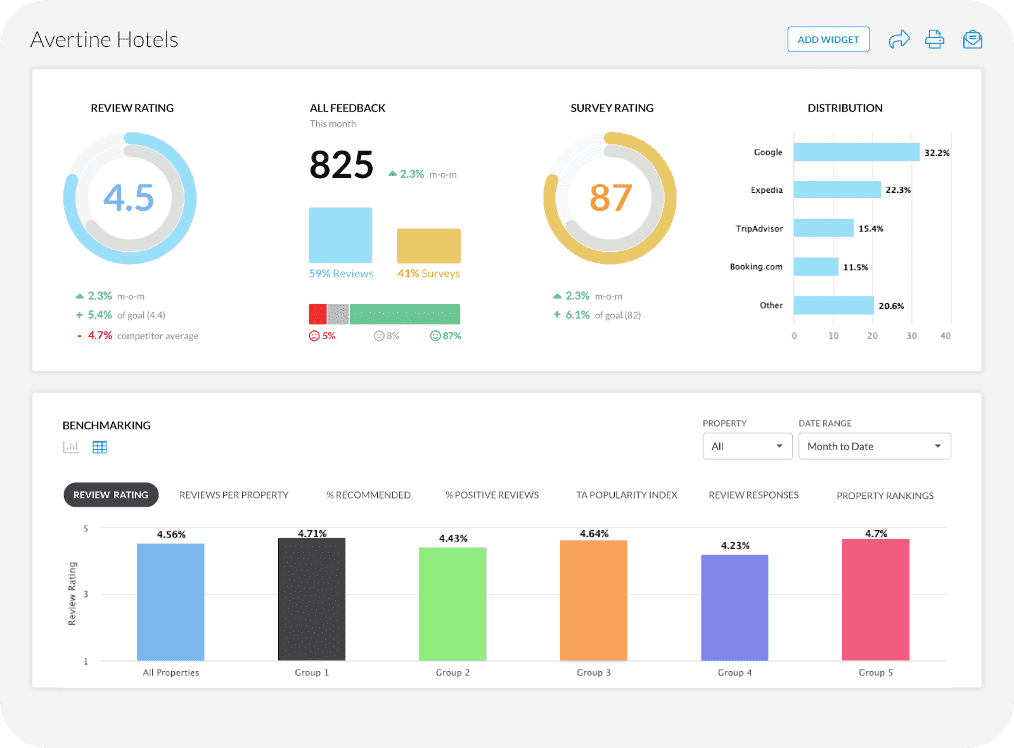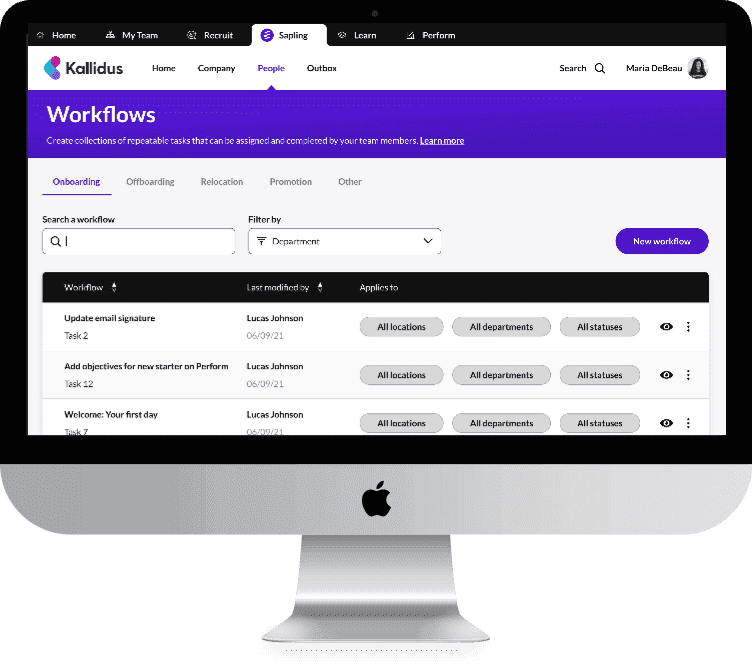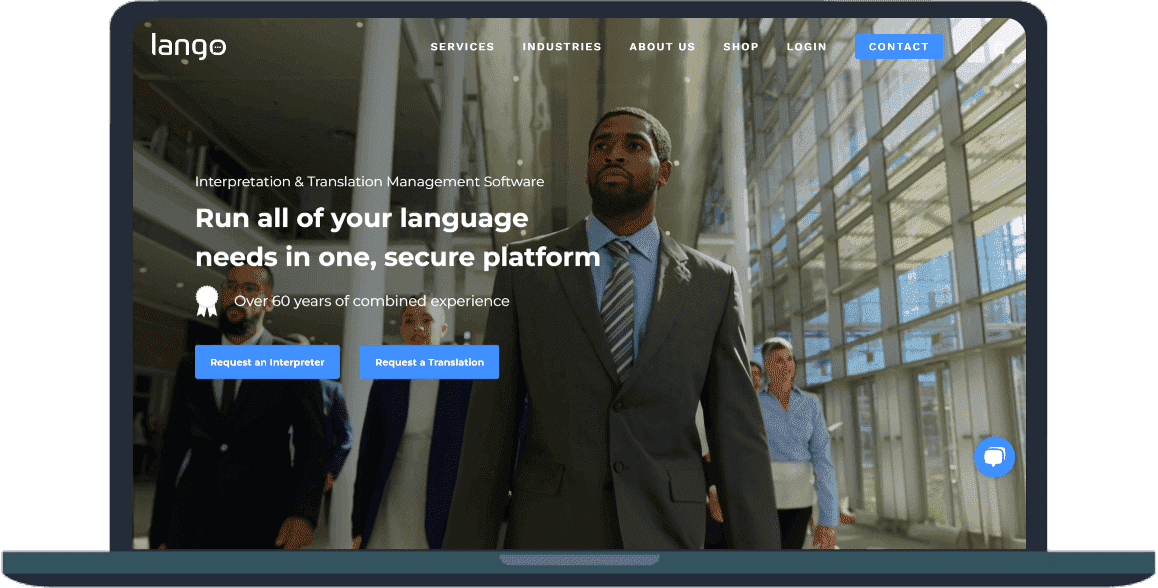According to Statista, Next.js is used by 17.9% of surveyed developers. Consequently, Next is ranked as the fourth most popular framework by developers. The reason for this is that React has become one of the most popular frameworks for making interactive user interfaces.
However, when it comes to optimizing speed and user experience with traditional client side rendering isn’t always enough. This is where Next comes in. Built as a React framework, Next enhances React with advanced rendering strategies like Server Side Rendering and Static Site Generation. These approaches ensure that pages load faster and search engines can easily crawl content.
In this guide, we’ll break down SSR and SSG in Next, what they are, and when to use them. We’ll also cover best practices and answer common questions to help you build high performing applications.
What is the Basic Rendering in React?
In a standard React application, rendering typically relies on client side rendering. In other words, after downloading the required JavaScript, the browser creates and displays the user interface. A simple HTML file with just an empty root element is sent by the server to a visitor when they visit a website powered by React. Following the browser’s retrieval and execution of the JavaScript bundle, React fills in the content inside the root element to dynamically create the user interface. The pages are completely functional once they have been hydrated.
Applications that are single-page and emphasize smooth navigation and interaction benefit greatly from this strategy. However, because visitors see a blank or loading page before JavaScript execution is finished, CSR may cause the first load to be slowed down. Additionally, because it may be difficult for search engine crawlers to understand, material that contains a lot of JavaScript usually causes problems for SEO.
Moreover, slow networks or low-powered devices may have performance issues due to the large JavaScript packages required. CSR can negatively impact performance and discoverability for content-driven websites, but it works great for interactive apps like dashboards. These restrictions draw attention to the necessity of other rendering techniques, such as Static Site Generation and Server Side Rendering, which Next offers as solutions to the drawbacks of conventional CSR.
What is Server Side Rendering in Next.js?

Server-side rendering is a rendering technique where the server generates the whole HTML for a page each time a user requests it, as opposed to giving back an empty HTML shell and relying on the browser to build the website using JavaScript. Similar to client side rendering, SSR ensures that the user is presented with a fully generated page that contains all necessary material in real time.
A unique function named getServersideProps, which executes on the server upon request, is used in Next to carry out this procedure. Next runs this method whenever a user accesses a site that utilizes SSR. It then retrieves the necessary information from APIs and inserts it into the React component to create an HTML file. The browser receives this HTML file back, hydrates the site, adds interaction, and activates React features.
SSR’s quick initial page load is its main advantage. Search engine crawlers may index the page without waiting for JavaScript to run because the HTML is already produced on the server. The user experience is also significantly enhanced as users may view relevant material immediately rather than having to wait for scripts to run. This is especially true on slower devices.
SSR does have some trade offs, though. Because the server must render the page on demand, it is more expensive than Static Site Generation, where the content is pre rendered. This suggests that SSR may lead to increased server costs and response times because each request needs to be handled by a separate server for applications with large traffic volumes.
What is Static Site Generation in Next.js?
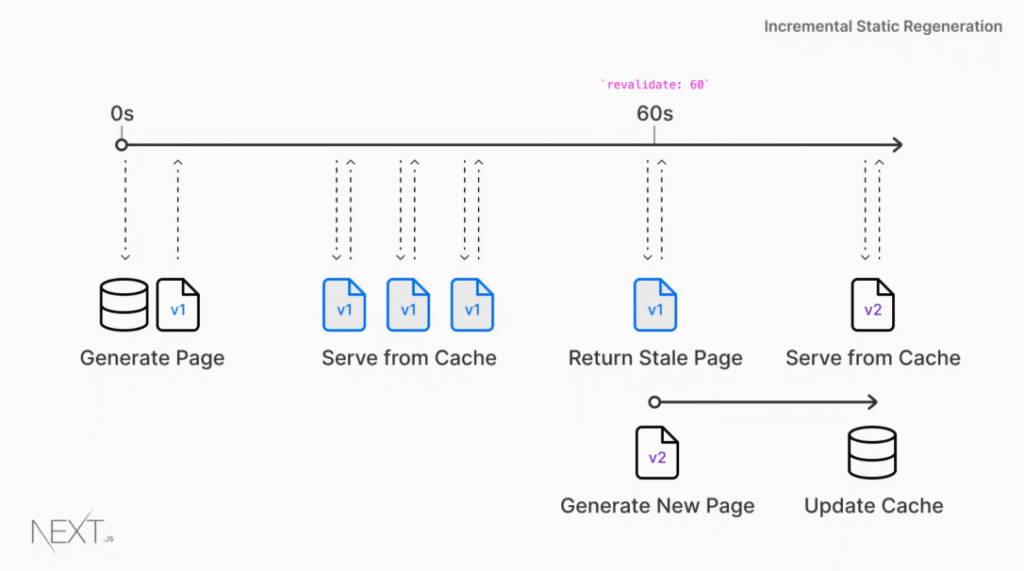
Static Site Generation is another powerful rendering technique in Next. Moreover, unlike Server Side Rendering, it doesn’t generate pages on every request. Rather, SSG pre-builds the HTML for pages at build time, which means that Next retrieves the required data and produces static HTML files when you execute a build or deploy your application. After that, these data are either dispersed via a content delivery network or kept on a server. The server just has to send the pre-rendered HTML instantaneously when a user accesses a page; no further calculations are required.
The biggest advantage of SSG lies in performance and scalability. Since static pages are pre built, they load almost instantly, which improves both user experience and Core Web Vitals. Furthermore, because the server doesn’t have to regenerate pages with each request and the site can handle massive amounts of traffic without putting extra strain on backend resources. Hence, this makes SSG ideal for content driven websites.
Furthermore, Next supports SSG through a function called getStaticProps, which fetches data at build time. You can also combine it with getStaticPaths to generate dynamic routes. A key enhancement to SSG in Next is Incremental Static Regeneration. ISR allows you to update static pages at defined intervals without needing to rebuild the entire site.
While SSG is a great fit for many use cases, it’s not perfect for all scenarios. Moreover, its primary limitation is that it’s less suitable for highly dynamic or user specific content, since pages are generated ahead of time and may not reflect real time changes unless ISR is used. For instance, an eCommerce homepage that needs to display stock availability in real time may not be the best candidate for pure SSG. However, for content that is relatively stable and only changes occasionally, SSG provides unmatched speed and cost efficiency.
Difference Between SSR and SSG
| Aspect | Server-Side Rendering | Static Site Generation |
| When Pages Are Rendered | At request time, HTML is generated on the server whenever a user requests the page. | At build time, HTML is generated once during deployment and served as static files. |
| Performance | Slower than SSG because the server must compute the page for each request. | Extremely fast because pages are pre-built and served instantly from a CDN. |
| Scalability | Limited by server capacity and resources. High traffic can increase server load and cost. | Highly scalable as static files can be distributed across CDNs with minimal server load. |
| Data Freshness | Always up-to-date since data is fetched for every request. | May serve stale content unless Incremental Static Regenaration is used. |
| Use Cases | Ideal for dynamic or real time data. | Best for static or rarely changing content. |
| Hosting Cost | Higher, since the server performs rendering work for each request. | Lower, since static files are inexpensive to host and easy to cache. |
When to Use SSR vs SSG?
When to Use SSR?
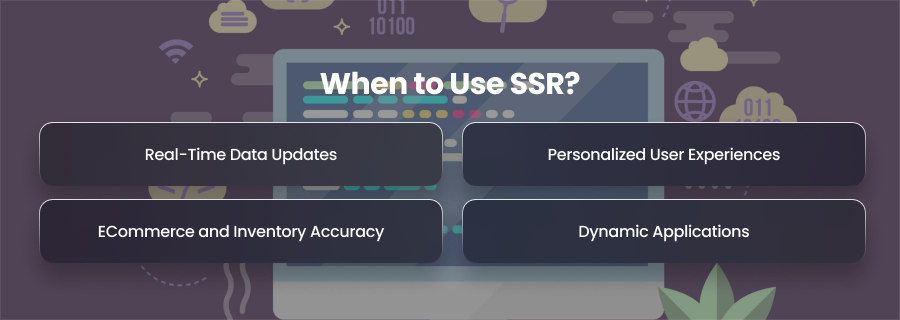
Real-Time Data Updates
SSR is the best choice when applications require constantly updated information. Examples include news websites and financial dashboards where users expect to see the latest data instantly. Since SSR renders pages on every request, the content is always updated.
Personalized User Experiences
When different users need to see different content, SSR becomes essential. Personalized dashboards and user specific recommendations are all use cases where SSR shines. Each page is built dynamically based on the user’s data.
ECommerce and Inventory Accuracy
In eCommerce stores, product availability and pricing can change within minutes. SSR ensures that customers see the most accurate information at the time of their request. Hence, this avoids outdated stock details that can harm user trust.
Dynamic Applications
If your site includes search functionality or frequently changing forms, SSR handles it better because it always responds with the most updated data. So, you can think of booking websites or ride hailing apps.
When to Use SSG?
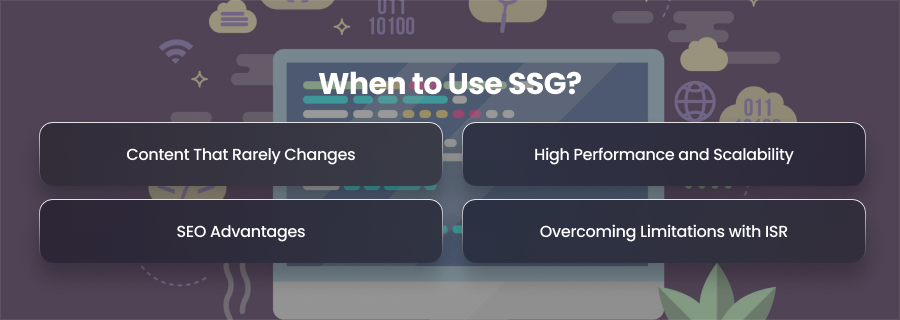
Content That Rarely Changes
SSG is ideal for websites where content remains mostly static. Blogs and documentation are great examples. Once generated, these pages can be served quickly without additional server work.
High Performance and Scalability
Because SSG produces pages ahead of time, they may be distributed over CDNs, resulting in fast load rates worldwide. SSG is therefore perfect for websites that expect large visitor numbers without having to pay more for server space.
SEO Advantages
Static pages load quickly and are fully crawlable by search engines. Marketing landing pages and product catalogs particularly benefit from SSG because they need visibility and speed.
Overcoming Limitations with ISR
While traditional SSG struggles with frequently updated data, Next offers Incremental Static Regeneration. ISR allows static pages to be regenerated at defined intervals, combining the best of static speed with content freshness.
Best Practices for Using SSR and SSG
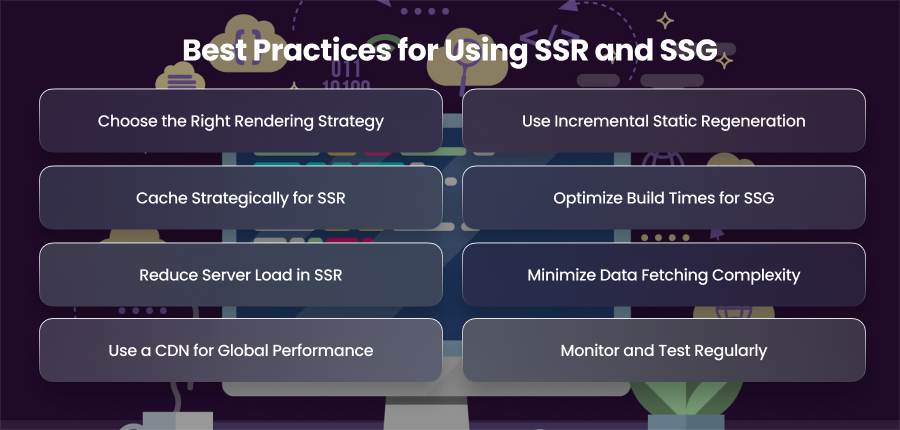
Choose the Right Rendering Strategy
Not every page in your application should use SSR or SSG exclusively. Next allows you to pick rendering methods at the page level, which means you can choose the most efficient approach for each use case.
- Use SSG for static or rarely changing content like blogs and landing pages.
- Use SSR for dynamic or user specific pages like dashboards or eCommerce product availability.
Use Incremental Static Regeneration
One drawback of SSG is that if the content doesn’t renew, it could get out of date. Next offers Incremental Static Regeneration as a solution to this problem, enabling you to regenerate pages at predetermined intervals without having to relaunch the entire website.
Cache Strategically for SSR
Since SSR generates content at request time, it can put pressure on servers if not optimized. Caching helps reduce this load significantly. Performance may be significantly enhanced by caching SSR pages via a CDN. HTTP headers such as Cache Control can also be used to regulate the revalidation and storage of pages. Techniques like stale while revalidate, which enable users to view cached material instantly while the server updates it in the background, provide even better results.
Optimize Build Times for SSG
Large projects with thousands of static pages can suffer from long build times. To keep deployments efficient, developers should optimize SSG builds. Techniques such as dynamic imports help reduce bundle size, while ISR ensures that only pages needing updates are regenerated instead of rebuilding the entire site. Prioritizing the most important pages for static generation also keeps build times manageable without sacrificing performance.
Reduce Server Load in SSR
SSR provides real time, fresh content, but at the cost of server resources. The reduction of superfluous rendering is crucial in order to avoid bottlenecks. Developers can use lazy loading to postpone non-essential elements and present only what is necessary on the initial load. Also, minimizing API calls and utilizing edge SSR through services like Vercel Edge Functions also helps reduce server strain during peak traffic.
Minimize Data Fetching Complexity
Efficient data fetching ensures smooth performance in both SSR and SSG. For static content, getStaticProps should be used to fetch data at build time. For dynamic or user-specific content, getServerSideProps is the right choice. When working with ISR, combining the revalidate option with an API that can gracefully handle updates helps keep content fresh without unnecessary complexity.
Use a CDN for Global Performance
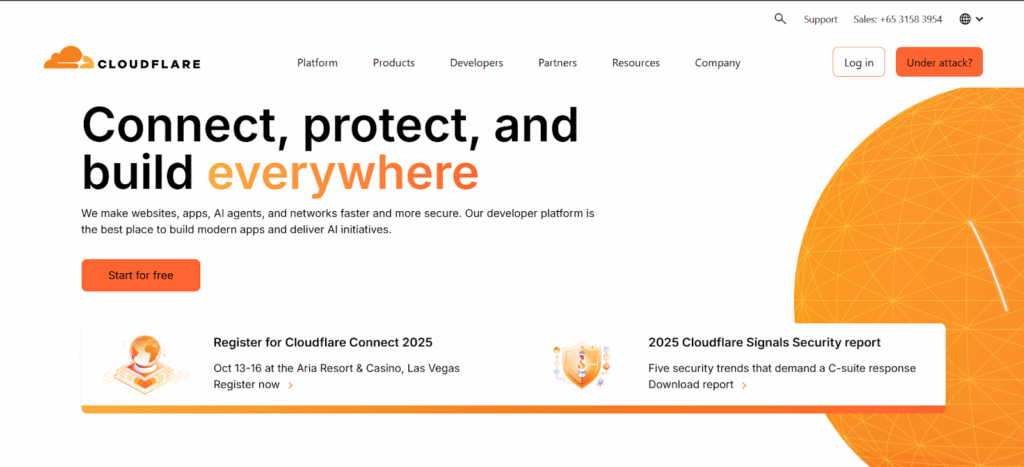
Regardless of whether you use SSR or SSG, deploying through a CDN ensures content is delivered quickly across the global. For static pages, CDNs make delivery instantaneous. For SSR, they reduce latency by caching frequently accessed data and assets. Platforms like Cloudflare integrate seamlessly with Next, making CDN usage straightforward and highly effective.
Monitor and Test Regularly
Continuous monitoring of applications with SSR and SSG is necessary to prevent performance problems. Page performance and user experience are evaluated with the use of tools such as Google’s Core Web Vitals. Testing build times and regeneration behavior guarantees that SSG and ISR installations continue to function effectively, while keeping an eye on server performance is particularly crucial for SSR.
Final Words
Next empowers developers with SSR and SSG to build fast and scalable applications. So, by selecting the right strategy per page, utilizing ISR, and adopting a hybrid approach, you can balance performance and freshness while ensuring users enjoy personalized experiences.






